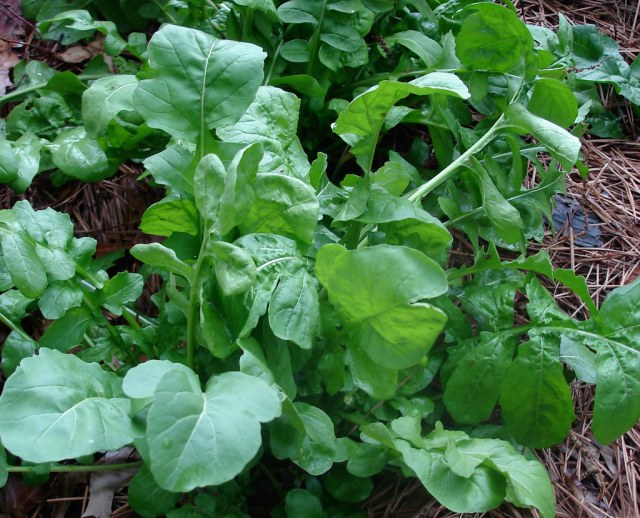
Dew drops on Kale, Red Russian at Siskiyou Seeds Farm
The waxing day length in spring is always an exciting time for gardeners as we enthusiastically push vital seeds into moist soil in eager anticipation of the green goodness to come. As the days become warmer many of our overwintered greens such as kale, lettuce, spinach, mustards, arugula and Swiss Chard begin to bolt, sending flower stalks skyward in preparation for flowering and the return of the pollinators. This bolting is triggered by the confluence of warmer days, longer day length and the reproductive strategies of the plants. What it means for us is they become a seed saving opportunity and food for pollinators, however, their value as food for our dinner table diminishes.
What to do?
Enter successional planting!
The key to ensuring a continual supply of fresh greens from the garden is making successional plantings every 2-4 weeks of the crops that are prone to bolt as spring moves into summer because they are what are known as weak biennials. Weak biennials (such as radish, lettuce, spinach and arugula) bolt more easily than strong biennials such as kale, chard, cabbage, beets and carrots. Successional planting is also valuable to ensure an extended harvest of the spring planted root vegetables such as carrots, beets, radishes and turnips that we harvest the whole plant.
Consider planting a second succession of the following crops (crop names are linked to the corresponding pages on our seed site):
- Peas (I typically plant a second wave of bush snap and snow peas because they mature more quickly than pole types)
- Lettuce (my second wave includes romaine and crispheaad/Batavian types that are more heat tolerant)
- Spinach (spinach tends to bolt as the days become hotter in May and June)
- Arugula (the French name for arugula is “Roquette” referring to its propensity to bolt and flower so quickly)
- Mustards and Mesclun mix containing mustards (the Brassica rapa species of mild mustards such as pac-choy, tatsoi, mitzuna and komatsuna are prone to bolting as days get warmer)
Here is a short You Tube video on the topic as well:


Barbara
Those bolting stalks are as delicious as asparagus if you pick before the flowers open. My favorite spring vegetable, I eat them lightly sauteed every day that they are available. Leave some to flower and produce seed but eat the rest!